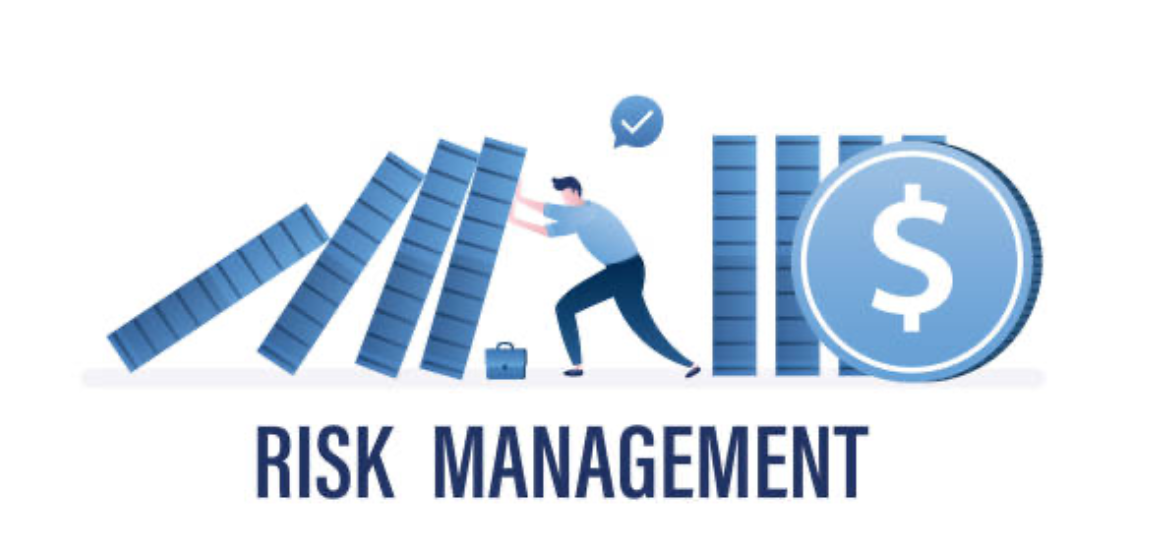In November 2020, I published an article titled simply “Risk Management.”(https://delgadoconsultores.pe/index.php/en/articles/risk-management) In it, I proposed a notion that I continue to support even more firmly today: risk management is not just a technical procedure or a line item in the project plan. It is, increasingly, a core strategic leadership tool.
Five years later, the need for anticipation, agility, and control is no longer a competitive advantage—it’s a basic condition for executing successfully. This is where a well-applied risk management system becomes crucial. When implemented properly, it not only mitigates negative impacts but enables informed decisions, improves margins, and aligns teams around clear priorities and responses.
What has changed since 2020?
The theoretical framework remains the same: planning, identification, analysis, and response. But its practical application has evolved:
- Risks are now more interdependent. A delayed international supplier doesn’t just affect the schedule—it may trigger contractual clauses, increase indirect costs, and disrupt logistics.
- Volatility has become structural. Extreme weather, rising material costs, political or regulatory instability—what used to be unlikely is now routine. Risk matrices must be updated frequently and grounded in real-time data, not just past experience.
- Risk management is no longer exclusive to large-scale projects. Even mid-sized projects now require defined risk structures to avoid overruns, stoppages, or avoidable disputes.
The gap between risk identification and risk management
In many projects, risks are identified but not managed. A risk gets noted, mentioned in a meeting, entered into a spreadsheet—but no one owns it, no response plan is developed, and no monitoring takes place. And when it materializes, it’s too late.
Effective risk management requires:
- Named and empowered risk owners
- Clear, budgeted response plans
- Active monitoring and regular updates to the risk register
- Full integration with project controls (cost, time, quality, and safety)
What does DC&R do differently?
At DC&R, we embed risk management across the entire project lifecycle. It’s not a side task—it’s built into planning, contract strategy, execution model, and control systems. Specifically:
- We design risk breakdown structures (RBS) aligned with contract type, project interfaces, and client profile.
- We lead cross-functional risk workshops, involving operations, logistics, safety, and project control teams.
- We apply prioritization matrices with clear technical and economic criteria.
- We develop practical response plans, prioritizing mitigation when transfer isn’t efficient or cost-effective.
- And above all, we promote active management: mapping risks isn’t enough—action is required.
Conclusion
Risk management is no longer a methodological exercise; it’s a strategic leadership tool. An organization that manages risk in a structured way makes better decisions, anticipates problems, and executes more efficiently.
At DC&R, we’ve supported clients in mining, oil & gas, energy, and infrastructure for over 30 years—especially in high-uncertainty contexts where each unmanaged risk becomes a loss and every timely decision makes a difference.
📩
📞 +51 998 070 145
— DC&R: Project leadership with foresight, strategy, and proven technical experience

